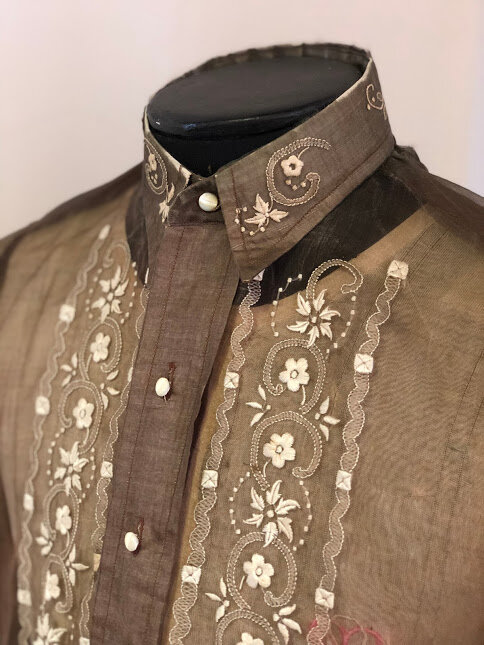ADAPTATIONS OF THE FILIPINO
The three-and-a-half centuries of Spanish colonization left a strong imprint on the Philippine islands, particularly the lowland communities they left behind. These communities' assimilation was so strong and thorough that it has become difficult to indicate where the native form ends and where the foreign one begins.
What we know for certain is that these traditions are now uniquely Filipino. This cross cultural relationship is evident in Christianized communities throughout the Philippines with numerous junction points. The Spanish Galleons brought new trade to the Philippines, filling the markets with foreign textiles, spices, and people. With that included fragments of indigenous culture interconnected in the daily life of the lowland rice growing communities of Luzon and the Visayas.


















